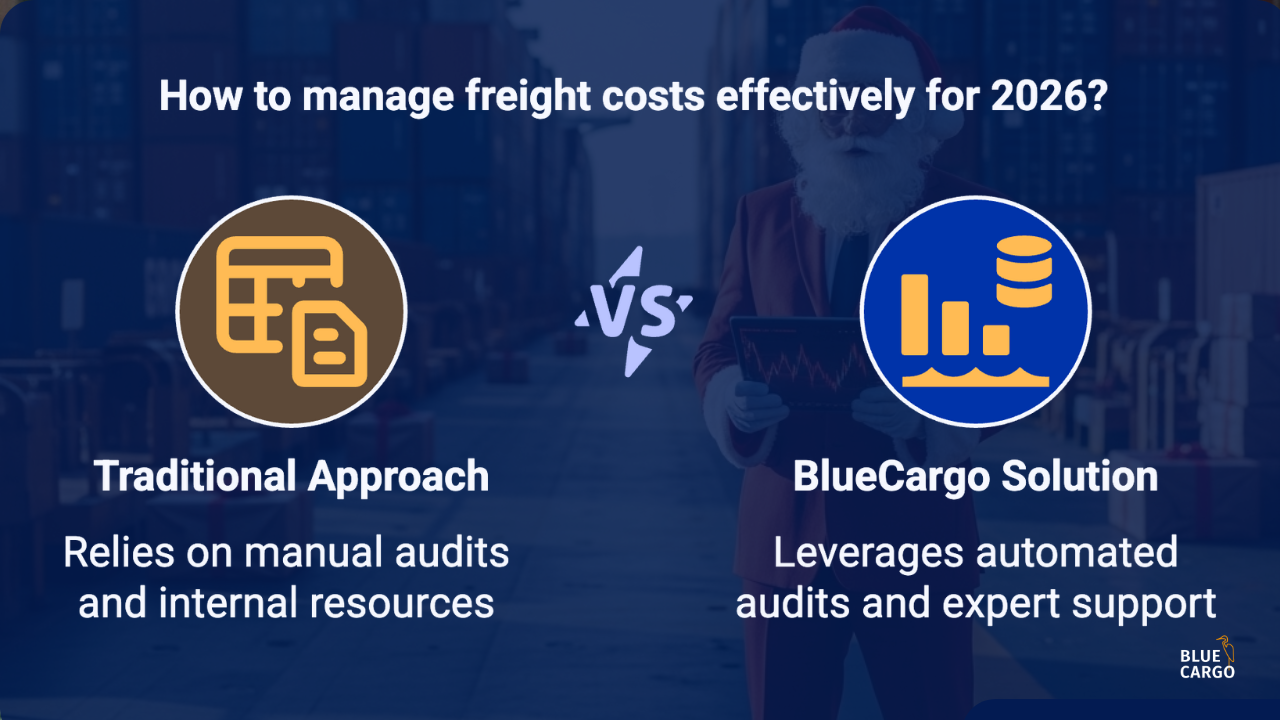
For supply chain leaders creating their 2025 peak season forecast, the outlook is a story of two distinct parts.
First, a strategic victory: the holiday gifts are secure, and shelves will be stocked. But this success has created a volatile new reality, and the primary holiday supply chain risk has shifted from product availability to severe budget exposure.
This is a leader's guide to the current market and the cost pressures that will define the rest of the year.
The Great Holiday Pull-Forward
The 2025 holiday season was won months ago, for many shippers. In a massive, proactive move, importers and retailers front-loaded holiday orders to get ahead of a critical mid-August tariff deadline on Chinese goods.
This answered the strategic question of how to avoid peak-season delays and tariff disruptions by effectively creating a buffer of inventory.
The move was a resounding success in securing goods. As Sanjay Tejwani, CEO of 365 Logistics, noted,
"A lot of frontloading has happened... inventory levels are decent."
The industry successfully mitigated the risks associated with the physical supply chain for Christmas.
The Consequence: Aggressive Blank Sailings & Rate Chaos
This front-loading campaign created an immediate demand vacuum for trans-Pacific shipping. With warehouses full, the need for new bookings from Asia evaporated. In response, ocean carriers have reduced capacity to stabilize collapsing ocean freight rates.
The numbers are stark. According to maritime intelligence from eeSea, carriers are blanking 175,000 TEUs of capacity in July alone, 11% of the total deployed capacity on the trade lane.
This artificial capacity squeeze is directly impacting holiday season freight rates, creating a deceptive two-tiered market. While carriers are quoting rates near $2,500/FEU to project strength, logistics CEO Robert Khachatryan confirms the move is purely capacity-driven, stating, "There is no pickup in demand."
The real market is reflected in voyage-specific rates closer to $1,700/FEU.
The Bottom Line: Inventory is Safe, Your Freight Budget is Exposed
The primary objective, securing holiday inventory, has been met. Santa's sleigh is stocked. However, the cost of this success is a market where capacity is now being artificially managed.
This creates the number one risk for the remainder of the year: budget overruns.
In a volatile market with low rate transparency, the threat of unexpected accessorial charges and budget variances is extremely high. The focus must now shift from managing inventory to aggressively managing cost.
Beyond the Freight Rate: Winning the 2026 Budget Battle

While the holiday gifts may be secure in the warehouse, your freight budget is now the primary battleground.
In a market defined by blank sailings and opaque pricing, the financial threat from accessorial fees, specifically demurrage and detention, is greater than ever.
You certainly know that these charges can silently erode your margins, making accurate financial planning for 2026 almost impossible.
This is where BlueCargo provides a decisive advantage. As a specialized freight audit service, we give you complete control over your complex freight transactions.
Our platform audits every single charge against terminal and carrier data, identifies errors, and automates disputes to ensure you only pay what you legitimately owe. As you build your 2026 budgets, mastering these volatile costs is the most critical step you can take to defend your profitability.
Focus on moving your cargos and do not compromise your strategic success. Book a call with our experts today to learn how you can confidently control your container logistics costs.
-------
Sources:
- Information and data synthesized from the Supply Chain Review for July 2025, published by Jon Monroe Consulting.
- Reporting and data from maritime trade publications, including intelligence from eeSea and reporting by the Journal of Commerce as of mid-July 2025.


